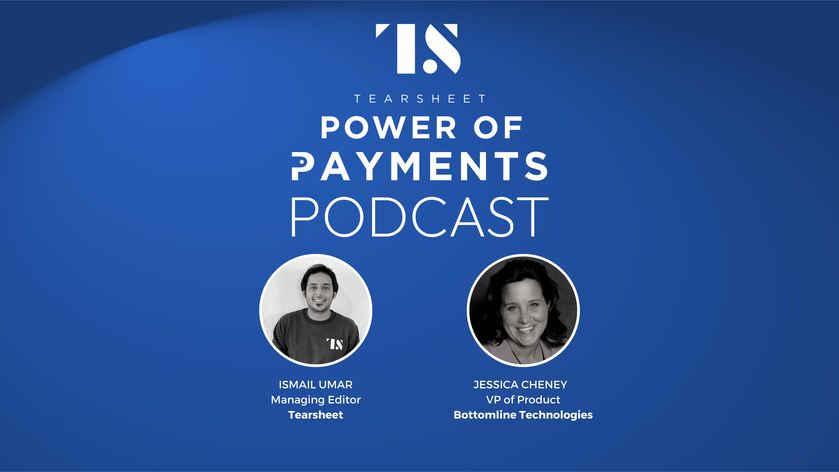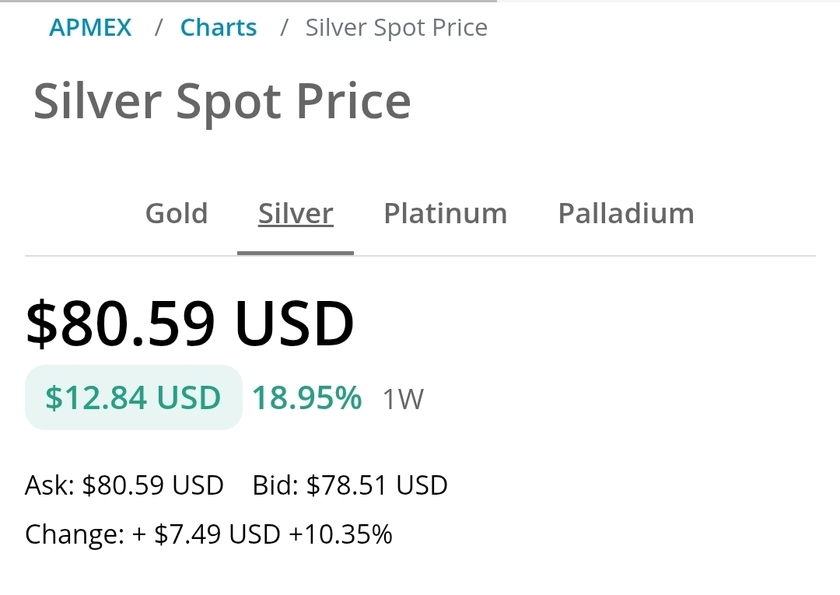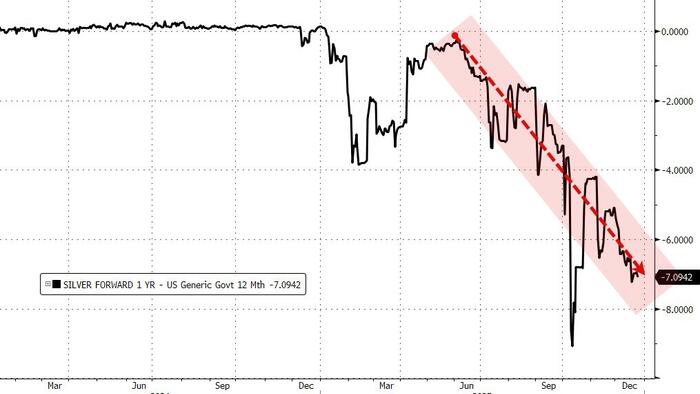- Jessica Cheney, VP of Product – Digital Banking Solutions at Bottomline Technologies, joins host Ismail Umar on this week’s podcast.
- She discusses the current state of adoption of real-time payments in the US, and how the launch of FedNow is going to impact the banking industry.
Welcome back to the Power of Payments podcast. I’m your host Ismail Umar, and today I’m joined by Jessica Cheney, VP of Product for the Digital Banking Solutions group at Bottomline Technologies.
Jessica has been with Bottomline for over a decade. Prior to that, she held similar roles at a number of other fintechs, and was also part of the commercial product management group at US Bank. She has been involved with real-time payments for many years now, and says she has a comprehensive outlook on how payments impact financial services from a commercial, fintech, and retail perspective.
In our conversation today, Jessica discusses the current state of adoption of real-time payments in the US, and how the launch of FedNow – the Federal Reserve's instant payment service – is going to impact the banking industry. She also talks about how SMBs can use real-time payments to improve their day-to-day operations, and the overall impact that RTP adoption will likely have on banks, businesses, and consumers in the coming years.
The following excerpts were edited for clarity.
I lead the product management function for the banking segment of Bottomline Technologies. I've been there for about 11 years now. Prior to that, I was in similar roles at other fintech companies – S1 and Clear2Pay, most notably. I’ve also worked directly in the financial services industry in several areas. I was part of the commercial product management group at US Bank, and led the retail group at Skowhegan Savings Bank. So I sort of have a very comprehensive perspective on how payments impact the financial services world from a commercial perspective, a fintech perspective, and a retail perspective. I've also been involved with real-time payments since its conceptual launch with the Federal Reserve, for several years now. That really sparked my interest with the Fed Task Force, and I've been really involved in the industry ever since.
Given your expertise, what would you say is the current state of adoption of real-time payments in the US compared to other parts of the world?
I think that, to answer that question, it really depends on how clinical we’re going to be in using the term ‘real-time payments.’ And that is a concept that's applicable in the US and throughout the world. The term is really an umbrella that covers many payment options, especially in the US: P2P payments from Zelle, Cash App, Venmo, Same Day ACH supported by NACHA, the Fed, and The Clearing House, RTP launched by The Clearing House in November 2017, and now FedNow launching the instant payment network that's coming live this summer. In general, to answer your question, I would describe this as an industry that’s continuing to grow, though a bit more slowly lately. The P2P space continues to drive most volume and growth. Zelle reported over 550 million transactions, representing the movement of over $155 billion in June. That’s a 27% growth from 2021. Venmo is reporting more than $63 billion moved in Q3, a 6% growth over their record year in 2021.
Now, Same Day ACH, and ACH in general in the US, is continuing to grow. It saw 6% growth in Q3, with Same Day seeing the most increase in use. There were 176 million Same Day ACH payments made. And that's a huge, 102% increase since Q3 2021. The RTP network has also seen huge growth, reporting 49 million transactions in Q4, moving about $22 billion, another 9% growth over Q3.
When I really dig into this a little bit deeper, though, I think that there are some things driving this. There's a recent American banking article that noted disbursements and rent payments are among the fastest-growing Zelle use cases. And that kind of indicates that more users are relying on Zelle’s speed to make last-minute billing deadlines. The number of companies including insurance providers, education and government agencies, using Zelle to transfer funds also dramatically increased, 87% in the second quarter of 2022, compared to the year before. So while all this growth seems impressive, I think the industry is actually on the brink of truly having breakout adoption. There’s a saying that goes, ‘A rising tide lifts all boats.’ This tide is growing in the RTP industry, aided by the FedNow launch, as well as more B2C and B2B adoption. The current economic condition is also ripe for assisting growth in real-time payments as personal and corporate liquidity management becomes more and more important.
Can you share your thoughts on the kind of impact FedNow is going to have on the financial industry?
The biggest thing is that the Fed has for a very long time been seen as the preferred payment network provider. And that's probably based on their perceived stability and competitive neutral reach to all financial institutions. The Clearing House, for example, has roughly 280 participating banks. The Fed has a built-in customer base of over 9000 financial institutions that FedNow will now be offered to. That sheer jump in volume of banks reached that will have access to real-time or instant payments will lead to a really game-changing adoption in the future. The launch of the FedNow service also removes the “let's wait and see” excuse that some banks have used when it comes to real-time payments. Many until this point have seen RTP as only the purview of the largest banks in the US. Just as an aside, The Clearing House members that were initial drivers of RTP, and those member banks, are among the largest in the US. What the launch of FedNow does is make RTP mainstream in America. The Fed and NACHA launched ACH and direct deposit in the mid-70s, and that helped make ACH mainstream. Today, 94% of Americans get paid that way. FedNow has the potential to do the same thing with real-time or instant payments.
Once FedNow is launched, do you expect to see rapid adoption of real-time payments in the US, or do you think it will slowly build up over time?
Unfortunately, I think at least the next couple of years, we will continue to see a little bit of a slow adoption curve. And then we will reach a major launching point where we will have critical mass in both receivers and senders of real-time transactions. Too many banks have waded into this pool as receivers only, and not enough have jumped into the deep end to be senders as well. And you really can't have a network that is full of receivers but not senders and be successful.
Another unknown factor in how much interoperability will occur between these two networks will really impact adoption. Once we know that, and though the interoperability between the two networks is established, that's the linchpin of growth going forward. The networks have both been set up for interoperability, and they’re using similar message sets, similar operating guidelines and value propositions. But actual interoperability remains to be improved between the two.
A key point here is that eventually, the demand that we're seeing in the P2P space will also push into the business payments space. That, along with FedNow's reach, will really push adoption rates along. When payments become mainstream, their value is more widely understood, and that obviously drives demand as well.
Do you think there is a sufficient level of awareness among American businesses about what adopting real-time payments would mean for them? And what do you think is most important for FIs and businesses to understand about adopting real-time payments?
Unfortunately, I think the comprehension level of the value of RTP remains low. I’ll share a story with you. I was talking to a CFO of a midsize fintech about RTP about 18 months ago. And his initial question to me was, ‘Why on earth would I want to pay invoice faster? I want to hold on to my cash.’ So I went on to explain that RTP is actually the liquidity and cash management tool that helps him do that better than any other payment type out there. RTP lets you wait till the absolute last minute to pay an invoice, and either take advantage of payment terms offered or to get shipments released and delivered when needed.
I think lots of energy is now going into the education and benefits for businesses to use RTP to make payments, and RFP, request for payments, to get paid. First and foremost, I think that RTP and RFP are key business operating tools for small businesses. They help with liquidity management, financial planning, customer service, and efficiencies in both the accounts receivable and accounts payable processes.
First of all, liquidity management. As I mentioned before, RTP allows small businesses who are managing their cash really tightly to make payments at the absolute last minute. Sure, they can be scheduled in advance, but when cash is tight and you need to pay a vendor just in time, RTP provides that. RFP, or request for payment, is the ability to send an electronic invoice and request a real-time payment in response. This can really streamline the invoice to collection process for any small business and aid in reducing collection time. It is also a very cost-efficient way to send electronic invoices. Many merchant services providers are now offering instant settlement, providing access to funds immediately, which helps small businesses meet their immediate cash flow needs. What these merchant services are doing is, at the end of any particular sales period, where the small business will close out their credit card sales for the day, the merchant service company is providing settlement to these small businesses via RTP. On the flip side of this, RTP can also be used for instant payroll, and it can help many small businesses attract employees in this highly competitive labor market.
The other part of this that I haven't really talked about before is the fact that real-time payments can also have an accompanying real-time acknowledgment, meaning a payment that has been made by RTP can be acknowledged by the receiver. And that can also aid in reducing some of the financial anxiety that many small businesses are facing when they make just-in-time payments.
How do you think the current macroeconomic conditions and market volatility will impact the adoption and effectiveness of real-time payments?
I think that it’s absolutely going to have an impact. We don't have to look too far to see proof of that. During the COVID-19 pandemic, the use of cashless, contactless, and real-time payments grew like crazy. You just have to look at the volumes from Zelle, Venmo, and Cash App to see that impact. But today's economic conditions are driving consumers and businesses away from wanting to use credit or credit cards as means of payment – the interest rate’s just way too high. Companies and consumers alike do need to wait till the last minute to make key payments for things like rent and utilities, but they also need the financial certainty that these last-minute payments have been acknowledged. And RTP can do that.
Looking into the future, what kind of impact do you think the adoption of real-time payments is going to have on banks, businesses and consumers in the coming years?
I really think that RTP is the next revolution in payments. I think it’ll be a soft change. We've evolved into real-time payments in the P2P space being mainstream. And that will continue to flow into the B2B and B2C aspects of this industry. Financial institutions are already making investments to take advantage of this. It’s just going to be the next expectation, just like the expectation we have that the phones we carry in our pockets are mini-computers and basically can do everything that we want to be done instantaneously. That's the natural evolution and the next wave of payments in the industry.
There's a couple of things that I did want to mention, though. I think that people get hung up on the speed of these payments. But there are other aspects of RTP that also add value. The added value to this also takes advantage of some of the other things that we've grown very accustomed to. And that’s the instant communication that goes along with these payment types. There’s the ability to have these real-time payments instantly acknowledged. There are communication vehicles built into the payment rails that allow the sender and receiver to communicate with each other about questions that they have, either about the amounts that have been received or the amounts that have been requested to be paid. Again, it kind of takes what’s become very mainstream in our personal lives, with the use of instant messaging and texting, and goes along with the natural change in payments that’s occurring. I think that's the key to why RTP is the next revolution in payments.




























